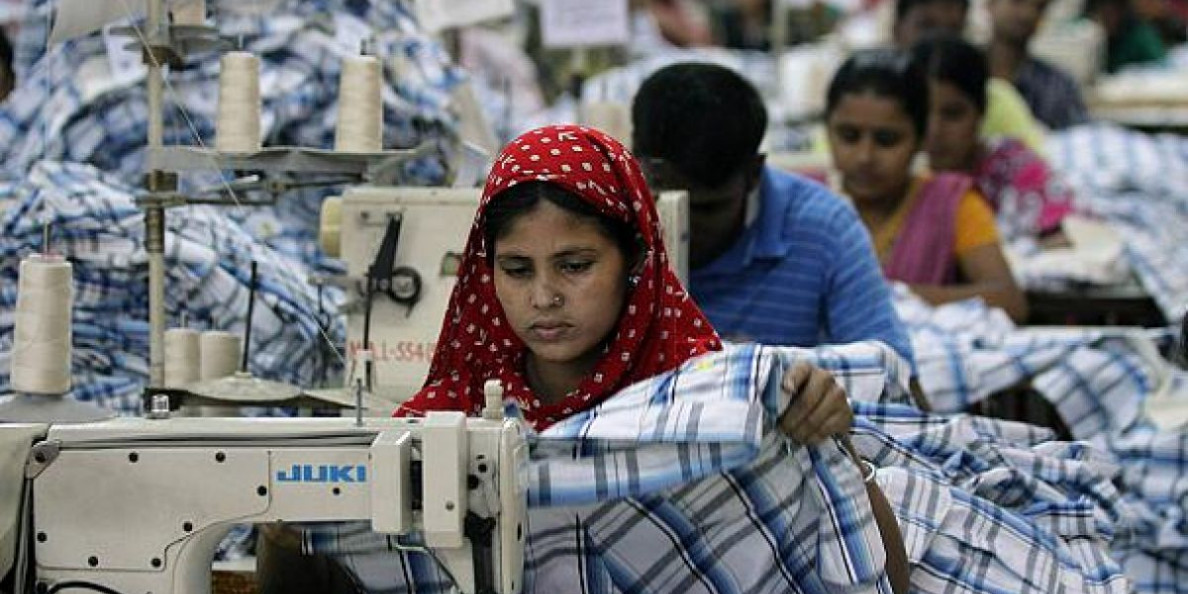Bangladesh aims to produce 1 million bales of cotton by the end of 2025, as the largest cotton importing country meets its total requirement from imports at present.
Currently, Bangladesh grows about 180,000 bales of cotton a year, which is just 1 percent of total demand in a year. Bangladesh spends more than $3 billion to import cotton a year. A bale equals 480 pounds or 218 kilograms.
“We have a target to meet 10 percent of our annual demand from domestic growers by the end of 2025,” Mehdi Ali, general secretary of Bangladesh Cotton Association (BCA), said at a press conference yesterday.
Three major local groups -- Ispahani, Amber and Square -- began contract farming of cotton in different districts, mainly to reduce dependence on cotton imports, Ali added.
Many farmers in upland areas in different districts have already left tobacco leaf cultivation and are now growing cotton, which rakes in more profits for them, he said.
Of the annual import of cotton, more than 50 percent comes from India as the neighbouring country can supply quality cotton at affordable prices.
“However, we must not rely on one or two sources as importers sometimes face challenges in case of any inconvenience in the supplying country,” he said.
In order to reduce dependence on India, cotton imports from African countries increased significantly recently, Mohammad Ali Khokon, vice-president of Bangladesh Textile Mills Association, said at the press meet.
Local spinners and traders import more than two million bales of cotton from African countries like Burkina Faso, Benin, Lesotho, Sudan and Chad.
The import of cotton from the Commonwealth of Independent States like Uzbekistan will have to be stopped, as some major western garment retailers have embargoes on the use of cotton from Uzbekistan due to forced or child labour in cotton cultivation and harvesting, Khokon said.
Australia and the US are also turning into big cotton sources for Bangladesh due to better crop quality, he added.
On future trends in cotton production and price, Khokon said cotton yield was good in different cotton producing countries; prices increased by 15 to 20 percent.
Cotton was traded between 73-75 cents per pound in international exchange markets yesterday.
Khokon said there are 430 spinning mills at present in the country, which need more than 10 million bales of cotton.
However, the spinning mills cannot run at full capacity due to an inadequate supply of energy and power, he added.
Khokon said the $50 billion apparel export target by 2021 can be met if local spinners and weavers can supply yarn and fabric on time to the apparel makers.
“We are going to hold a two-day global cotton summit in Dhaka from January 27,” he said.
The summit organised by BTMA and BCA will be held at Radisson Hotel in Dhaka where cotton producers, traders, spinners, weavers, importers and exporters from home and abroad will meet to discuss global cotton trade issues.
Cotton consumption in Bangladesh rose 4.91 percent year-on-year to 6.4 million bales in 2016 due to higher demand from spinners and garment makers, according to the US Department of Agriculture.
Bangladesh has become the largest cotton importer in the world, as China stopped importing the fibre in recent years.


